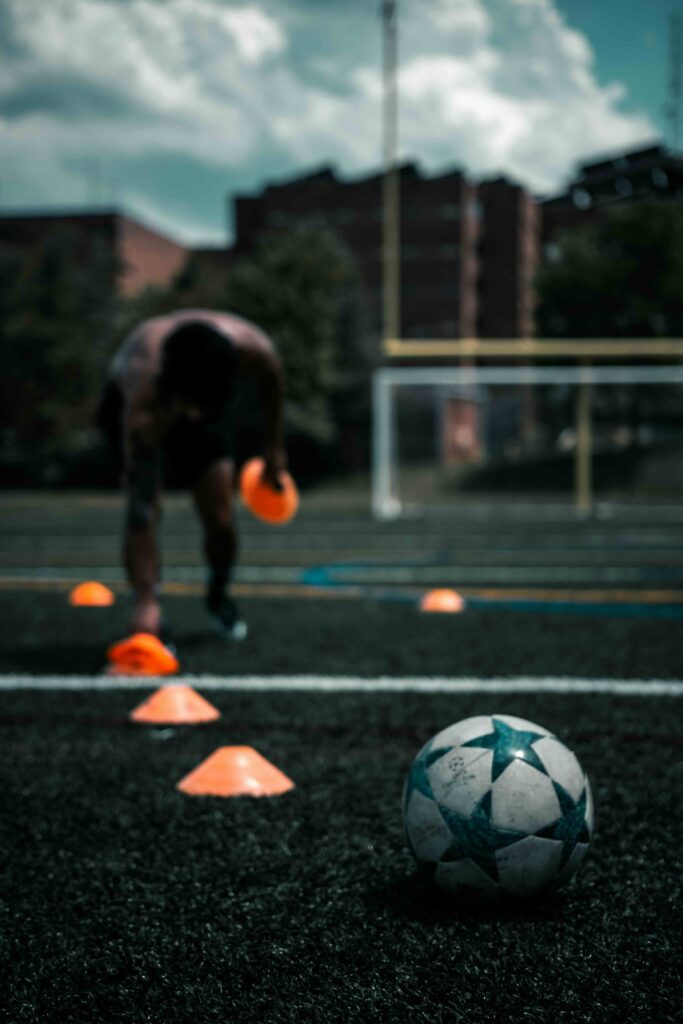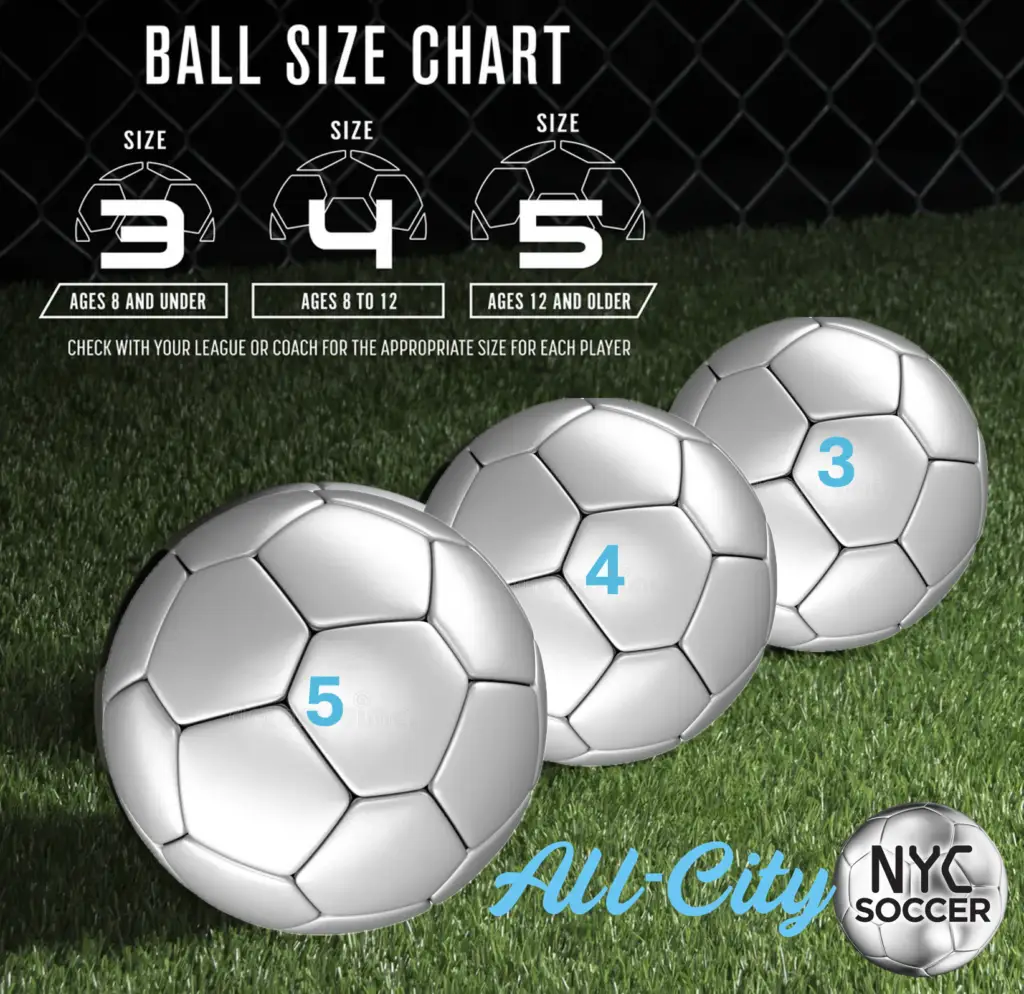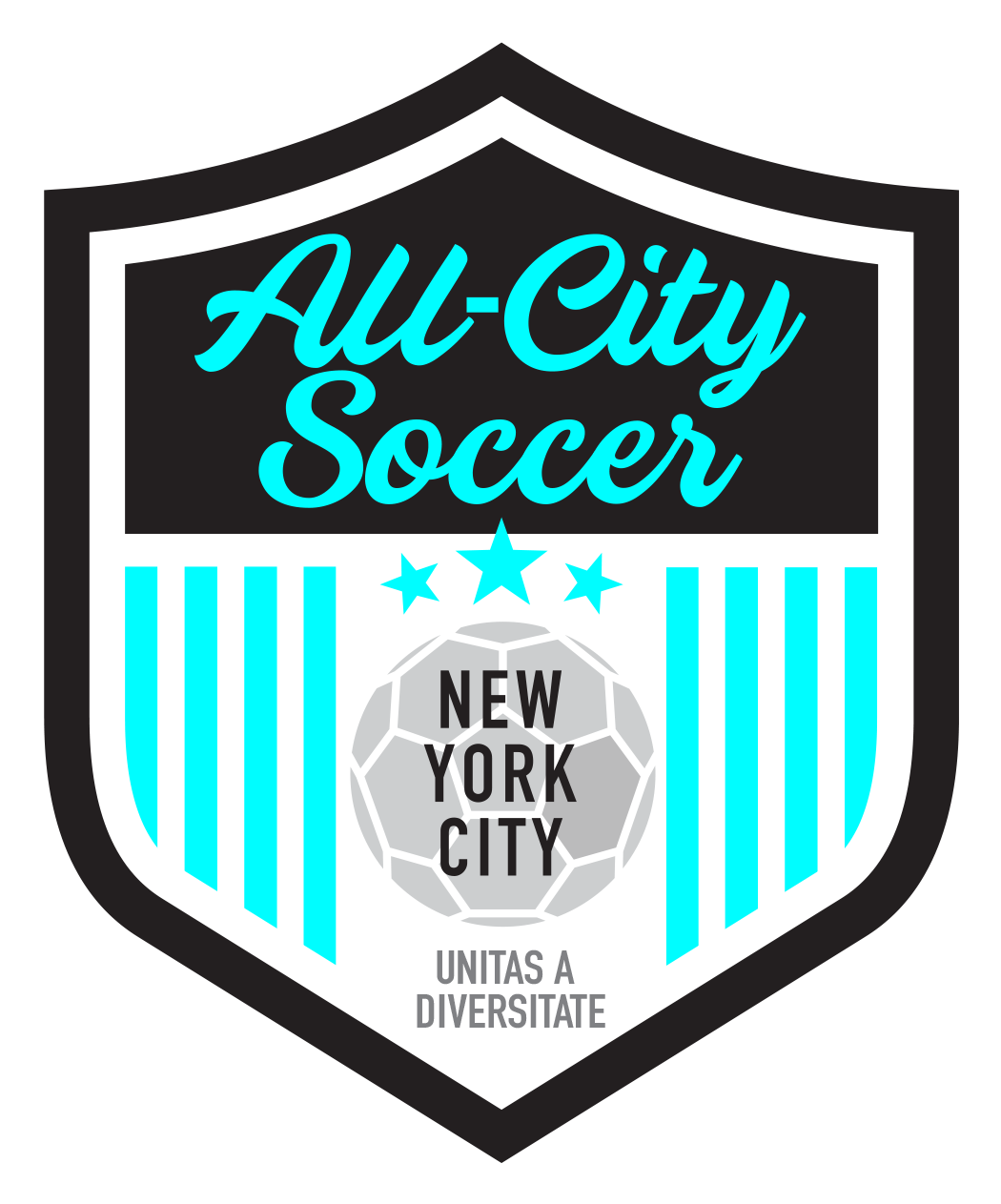
Practice is the key to building confidence and mastering new soccer techniques. But there is a right way to practice and improve with efficiency.
Here are six ways All-City Soccer NYC practice unlocks elite player performance.
6) Why do I need to practice?
If you are familiar with the phrases “practice makes perfect” or “it takes 10,000 hours to perfect a skill”, you’ve only been told half the story. Someone can waste 10,000 hours with inefficient practice and won’t be nearly as advanced as someone who practices intelligently for 5,000 hours.
There is a science to unlocking elite player performance. This is where a knowledgeable coach comes in:
If your child participates on a travel team, on average, they spend two hours a day, two days a week playing soccer. Frankly, that’s not enough. You need to practice on your own to get more touches on the ball.
School athletic directors around New York City are disheartened that so many travel teams don’t allow their players to play and practice outside their team. If you don’t allow players to play and practice enough, you cannot blame them for not improving. Let them play! They play because it’s fun.
Not everyone has the same goals when it comes to playing. The 10,000-hour rule applies if you want to join the elite ranks. Some just play for fun but still want to improve. Either way, no one should waste time with improper practice.
5) Compare soccer practice to playing a musical instrument
When you compare learning to play soccer with learning to play a musical instrument, younger children between the ages 4 and 7 are expected to practice their instrument 30 – 60 minutes a day.
Adult professional musicians can practice for four or more hours per day. Typically, early learners cannot practice effectively for longer than 30 minutes. You can still get plenty done in 30 minutes!
Follow the advice of music teachers: If you want to improve, focus on what you are worst at! Practicing what comes easy may boost confidence, but in the long run, you’re not learning any new skills.
I can remember juggling after practice until the sun went down. Competing amongst my friends and teammates who could juggle the longest without fail.
4) Elite players don’t stop practicing
The most elite players set aside a specific time of day to practice. This could be first thing in the morning, or it could be in the evening. Typically, people who practice in the morning are more successful at sticking to their practice routine. This may not work with everyone’s schedule.
If you get up early and set aside the time, this is one very effective way to ensure consistent practice.
Remember, you don’t need to practice what you’re already good at. Spending extra time focusing on what is most challenging will make you improve faster.
3) How do you know if you are practicing correctly?
It’s easy to tell if you’re practicing correctly because you’ll be improving!
People often overlook the simple fact that they need to set goals for themselves. This means actually write them down. Then look back at your written down goals and see if you are achieving them!
Soccer parents can help by encouraging their kids to be more focused about practice. Starting with a written list of the areas they want to improve and making sure their soccer player is practicing those areas.
2) Ball size matters
Soccer balls come in multiple sizes. In youth soccer, three different sizes are used based on age: A size #3 ball is used for Ages U5 – U7, Size #4 is used for U8-U12, and Size #5 is used for U13 and older. So, how does ball size unlock elite player performance?
I would argue that all ages should train with a smaller ball. Why? A smaller ball is harder to control. Playing with a smaller ball is akin to practicing with your weak foot.
Pro tips: If you are practicing at home, on the rug, or off the couch, I would recommend a size 3 or 4. If you practice and play small-sided games with a size 4 or even a size 3 ball, your touch will improve dramatically when you switch to a size 5.

1) The ultimate goal of elite player practice is achieving automaticity
The ultimate goal of superior practice is to achieve automaticity. What is automaticity? According to ScienceDirect, this is “the process by which a skill can be carried out rapidly without effort or intention, (an automatic process). This often occurs when a behavior has been practiced repeatedly. Usually, automaticity is applied to physical behaviors.
For instance, when you first learned to drive a car, you probably had to cognitively focus on many aspects of the task; steering correctly, speed, others around you, using your foot to either press the brake or gas pedal, et cetera. Over time, the performance of these tasks becomes automatic.
We experience the same process when working on our form; while working on passing, trapping, shooting, mental focus is devoted to the many aspects of ‘perfecting’ our form.
After hundreds or thousands of repetitions, it becomes a habit, muscle memory has developed, and automaticity is achieved.
Without proper focus on practicing basic mechanics, we start forming bad habits. Things like, our foot is not aligned correctly to the ball, our stance is consistently off balance, et cetera.
With continued practice of bad form, it becomes a habit. We normally don’t notice it until someone else does and tells us. This is why working with an experienced coach or trainer is so important.
Problems arise when bad habits become automatic. Don’t let bad habits become automatic! The quality of practice is what makes the difference. Learn more about how All-City Soccer NYC unlocks elite player performance.

Coach Terry
Coach Terry's player experience includes multiple championship titles: Two Maryland State High school championsips, Youth U16 North American Championship, U19 McGuire Cup, ACC Tournament victory, and a Final Four appearance with the UNC Tarheels. All-City Soccer NYC has developed a winning formula for unlocking elite player performance in young athletes.
